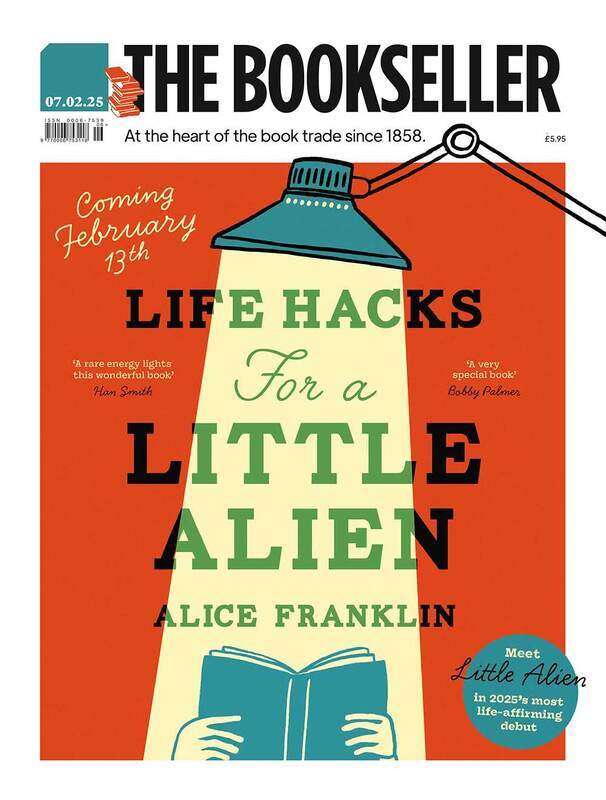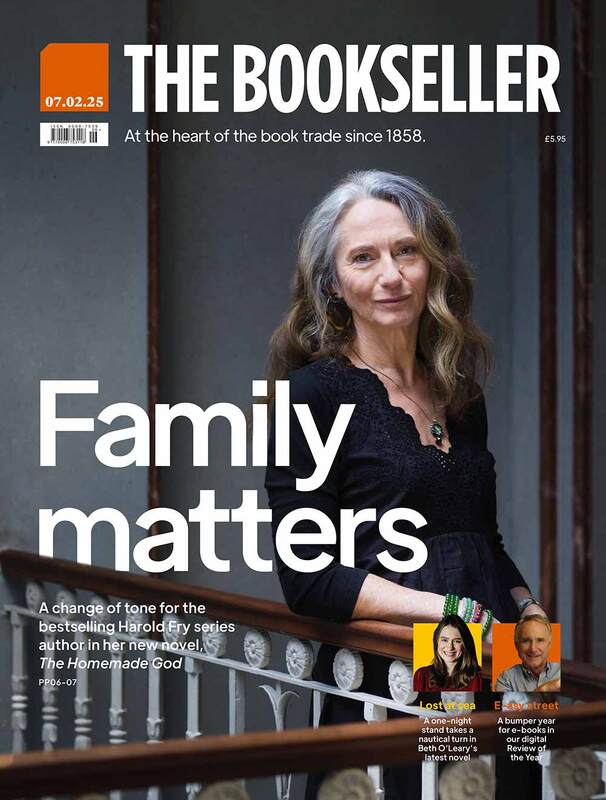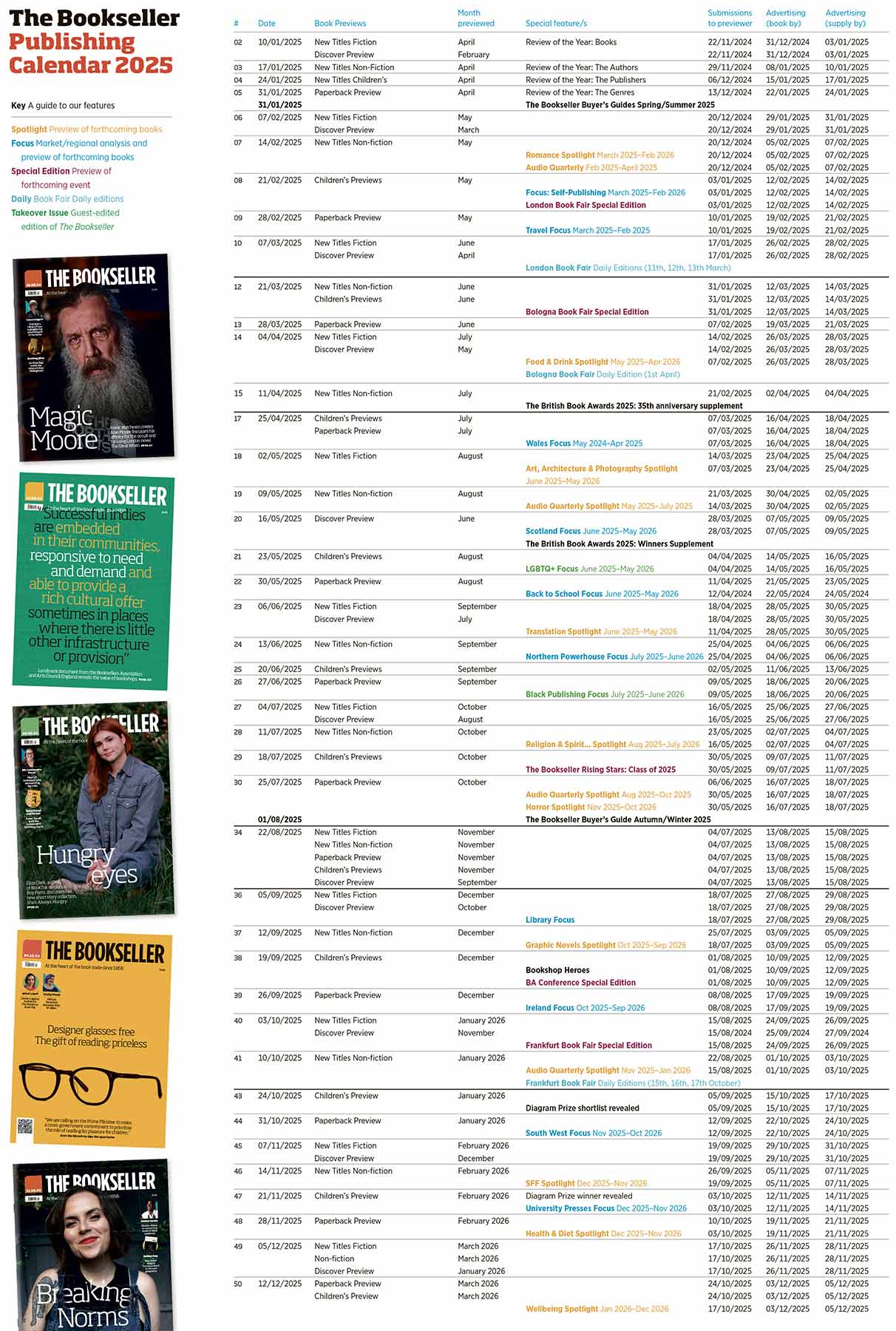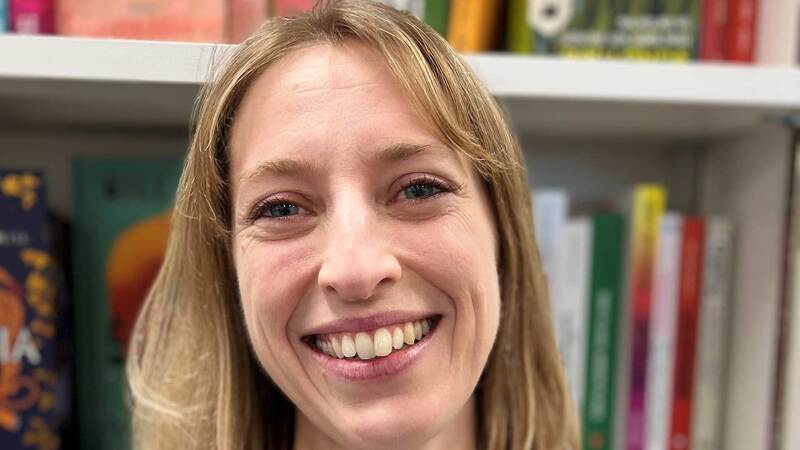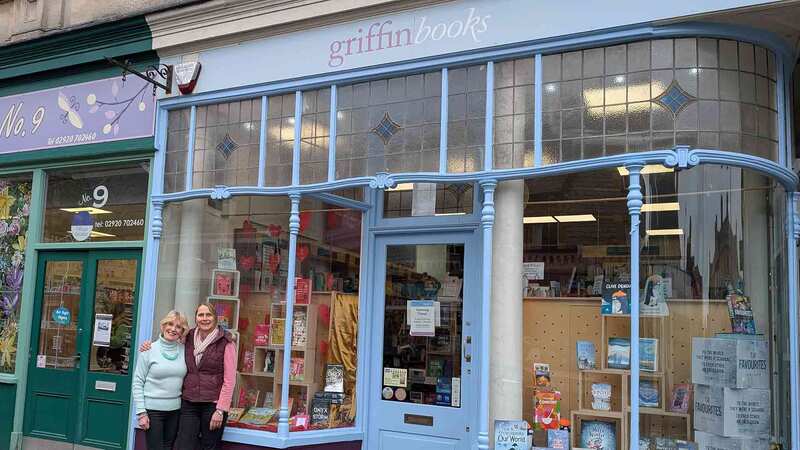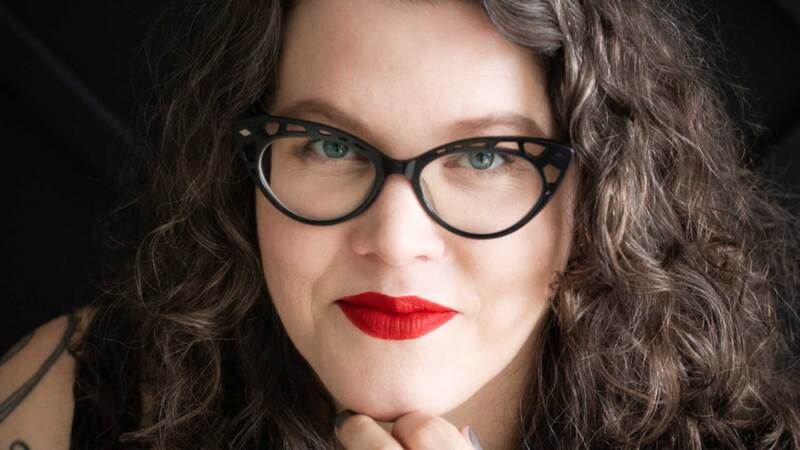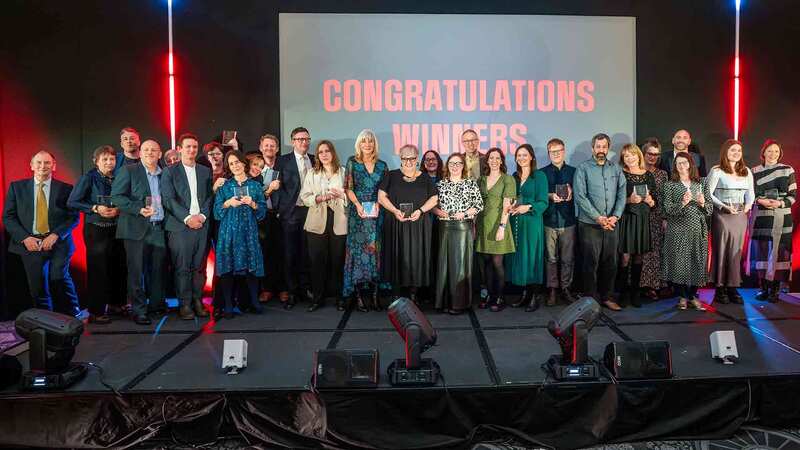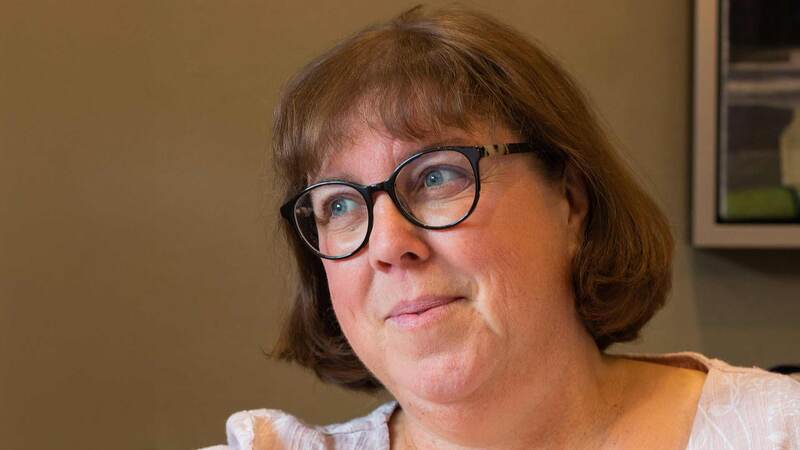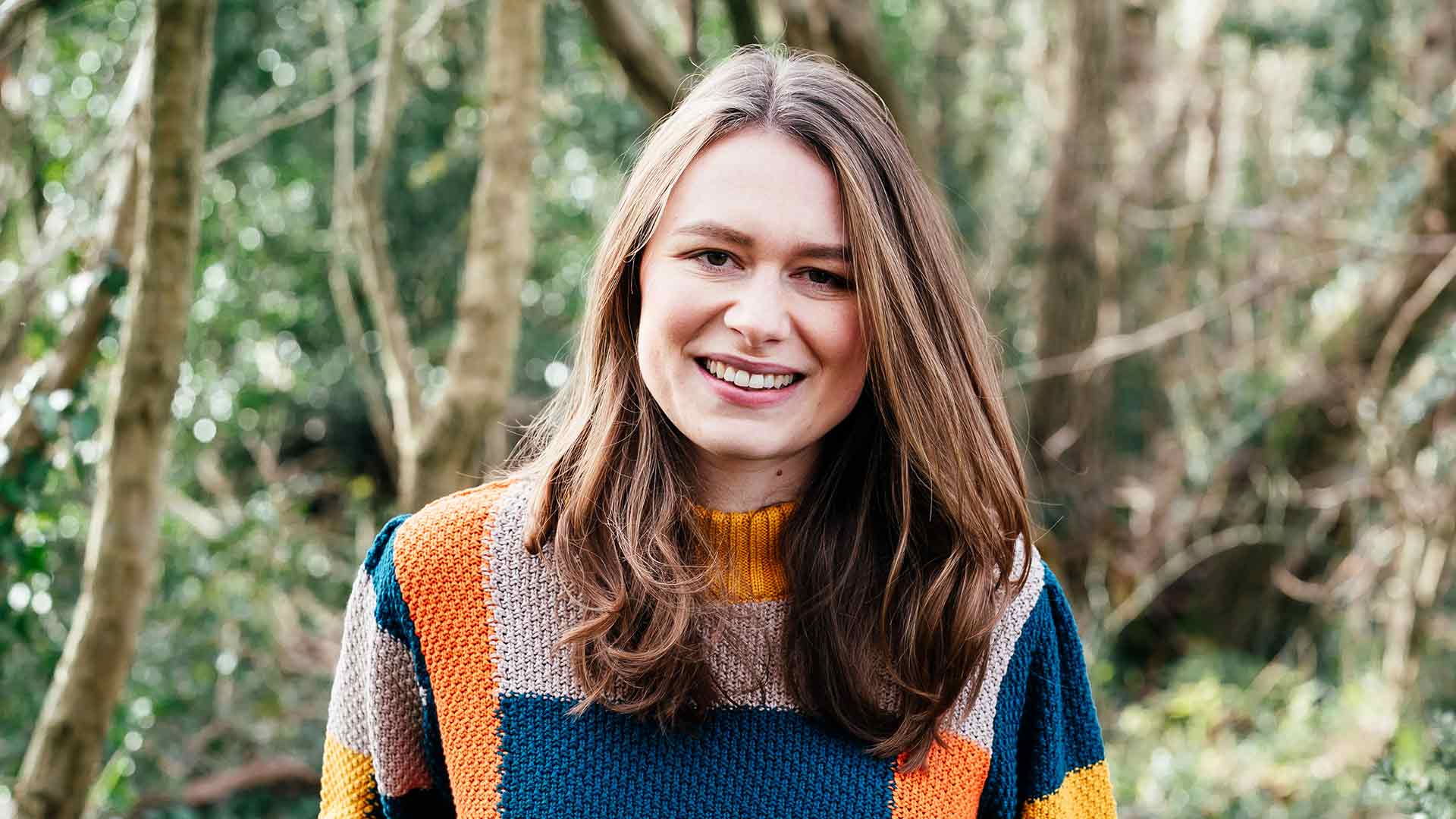You are viewing your 1 free article this month. Login to read more articles.
Changing course: reflections on the Jhalak Prize
Since the founding of the Jhalak Prize in 2016, the prize, the team, and the publishing industry have covered quite a distance. The prize was founded to "recognise, reward and honour literary talent and achievement by British writers of colour" and that mission has proven a joyful one. This year, novelist Anna Perera coined the term 'jhalak-ing around’ for 'the state of abandon resulting from reading brilliant submissions to the prize'.
Each of the three longlists so far have showcased the incredible range, depth and quality of writing being produced by writers of colour in the UK. These are books that may question the nature of belonging but they also stake a claim for being part of Britain, its past, present and future, with all the complexity that entails. Poet and producer Siana Bangura, spoke at judges' meetings of books that made her 'heart sing'. Scriptwriter Sabrina Mahfouz expresses sentiments of more than one judge across the three years when she says she has laughed, cried, had her mind changed, her eyes opened and her heart broken by the submissions. Happily, every year, there have been more books to do just that and although there is a long way to go, the number of submissions has been inching up.
However, the real news lies beyond numbers. This year has seen a greater range of books submitted: children’s, young adult, contemporary fiction, anthologies, poetry, graphic novels. Submissions included examinations of radicalisation, investigations into the government’s cruel immigration policies, journeys through places sacred to Britain’s gypsy community, and ruminations on food, love and the beauty of Florence by a writer in exile. There are insightful, moving explorations of contemporary identity, considerations of love, belonging, loss, in fiction and non-fiction, poetry and prose. There are also signs of change by genre: for the first time, submissions have included more than one romance novel. There are many 'hidden gems', as journalist Sarah Shaffi calls them, to be discovered here.
While there has been an overall increase in submissions across the board, from the big beasts as well as the independents, there is another visible indicator. There was never a dearth of brilliant writers of colour in the country and from the very first year, the quality of work submitted has been awe-inspiring. However, there is being published, and then there is being published well. There has been noticeable shift in production quality, marketing budgets, the overall love that the books submitted have received at all stages of the publishing process. The steady increase in numbers of glorious books, as well as their publication as beautiful artefacts and solidly marketed products, is ground for cautious optimism.
There is a long road ahead, of course. The structural, industry specific issues that led to the foundation of the Jhalak Prize persist. Books by writers of colour still make up a tiny minority. Issues of inclusion are rife at all levels including editorial, marketing, design and sales. The Reflecting Realities report by CLPE published in 2018 paints a particularly grim picture of one segment – children’s literature - of the market. Sadly, it is not much different across the board. And yet change is not only underway but increasingly visible, with numerous incredible initiatives across the sector.
The eponymous Jhalak believed that a carefully placed pebble could change the course of the mightiest river. She would know. She lived all her life along one of the world’s greatest rivers. The prize named after her is an attempt to do the same. And three years after the first pebble was placed, the river appears to have begun changing course.
Sunny Singh is an author and chair of The Jhalak Prize for the Book of the Year by a Writer of Colour.


